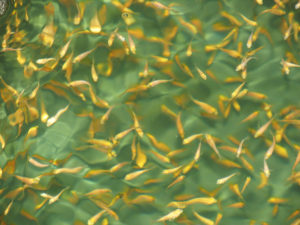
Evaluating temperature preference of Nile tilapia juveniles
This study shows for the first time that Nile tilapia juveniles have a temperature preference for masculinization for a short period of time.
This two-part review brings together scientific and field advances in tilapia nutrition and feeding to better support the formulation of feeds for better production performance.

This study shows for the first time that Nile tilapia juveniles have a temperature preference for masculinization for a short period of time.
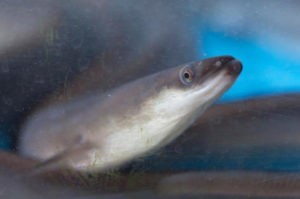
Trans-omics analysis was used to evaluate the differences between cultured and wild female Japanese eels, and possible causes of the ovulation problems frequently seen in cultured females.
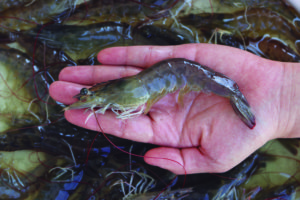
Study shows it is possible to improve shrimp production in low-salinity waters by correcting magnesium and potassium deficiencies.
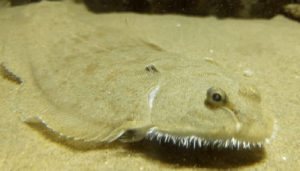
Study investigates composition of bacterioplankton communities in an RAS hatchery used for the production of Senegalese sole juveniles.
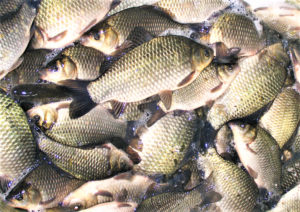
This study shows that cessation to feeding may not be the best strategy to manage ammonia toxicity to fish in aquaculture systems that have ammonia spikes.
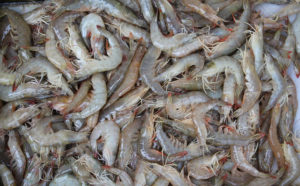
Results of this study showed low heritability and a low correlation between growth and cold tolerance traits for Chinese white shrimp juveniles.
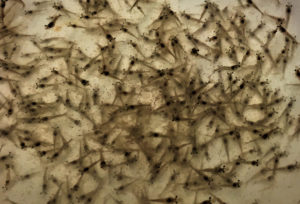
Study shows biofloc has positive effects on the immune response of Pacific white shrimp juveniles and can result in increased resistance to the IMNV virus.
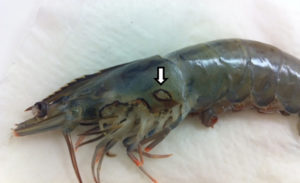
This study describes an amoebic parasite infection in Pacific white shrimp cultured in an anonymous shrimp hatchery. The diseased shrimp exhibited grossly reduced appetite, lethargy, respiratory distress, eroded carapaces and blackened gills.

Organic acids and autolyzed yeast products can reduce the impact of pathogens like microorganisms, viruses, parasites and fungi, supporting performance and profitability.
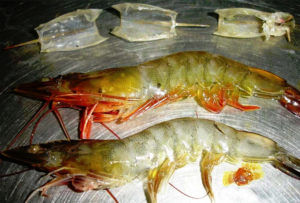
Authors argue that interventions – like automated detection of pathogens and remote sensing applications – can help mitigate aquaculture's disease crisis.
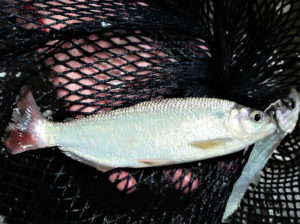
This study evaluated the growth performance of the freshwater fish piracanjuba raised in biofloc and clear-water systems for 34 days.
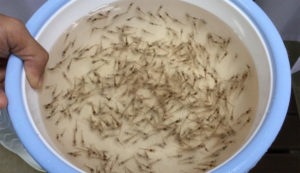
Study results indicate that P. vannamei challenged with AHPND in biofloc had higher survival rates than shrimp challenged in clear water.
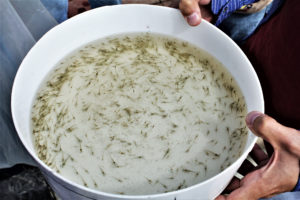
This study evaluated through in vitro analyses the antimicrobial effectiveness of natural products used for P. vannamei bacterial diseases and antibiotics against pathogenic Vibrio strains circulating in Ecuadorian hatcheries.
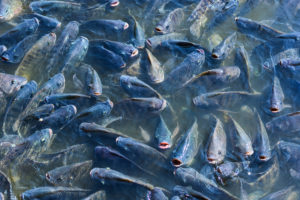
The influence of antibiotics in fish and their effects on the gut microbiome aren’t well understood, says research team examining antimicrobial resistance.
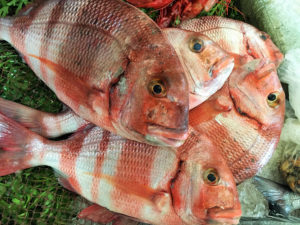
As current antibiotics dwindle in effectiveness against multidrug-resistant pathogens, researchers are seeking potential replacements in some unlikely places.